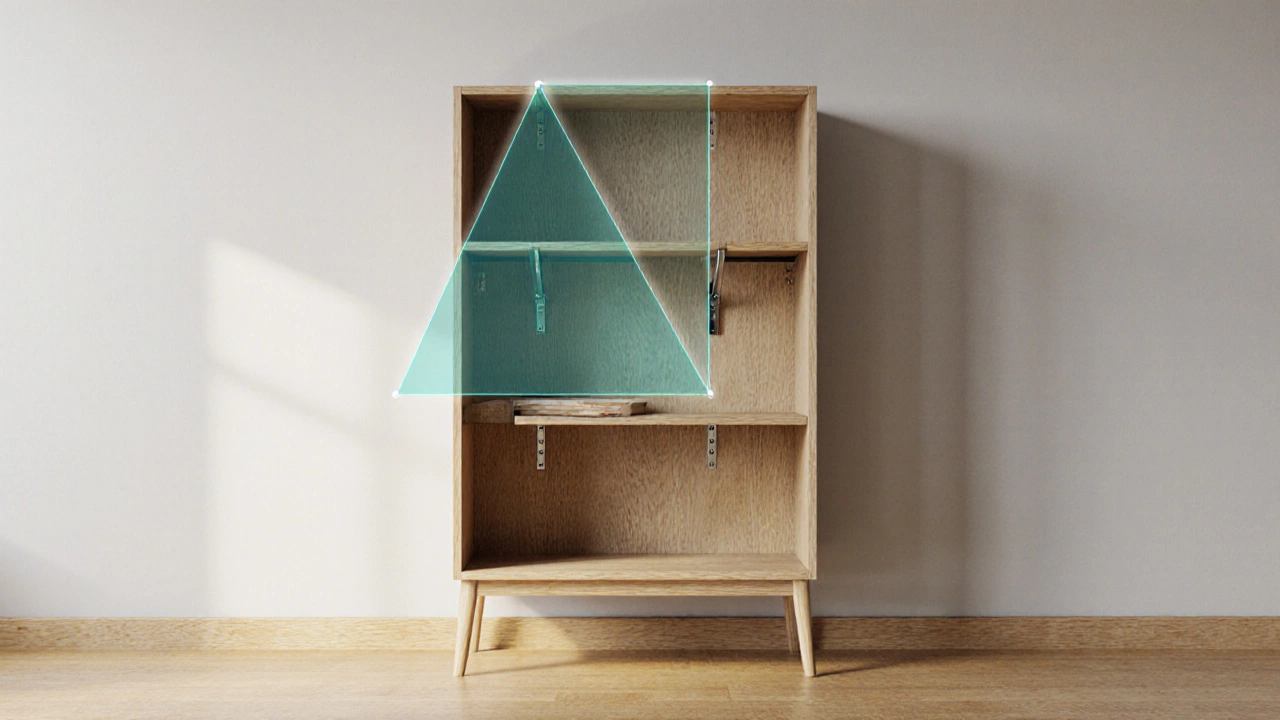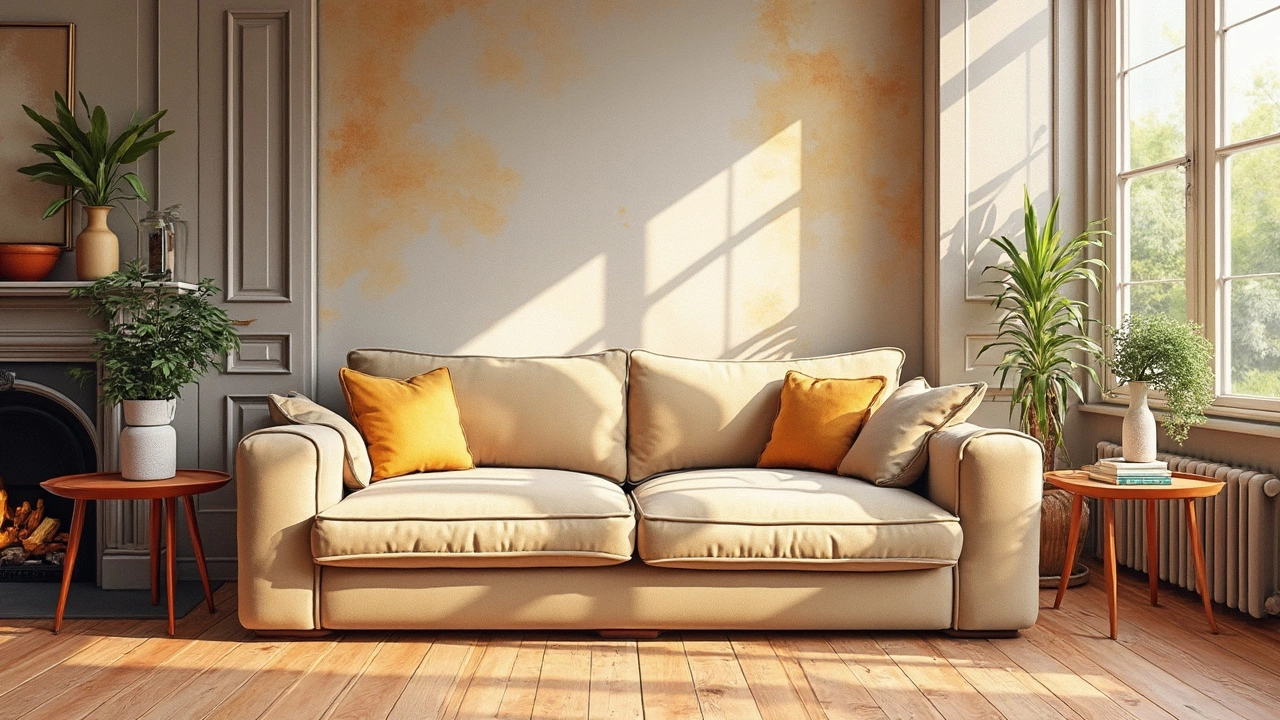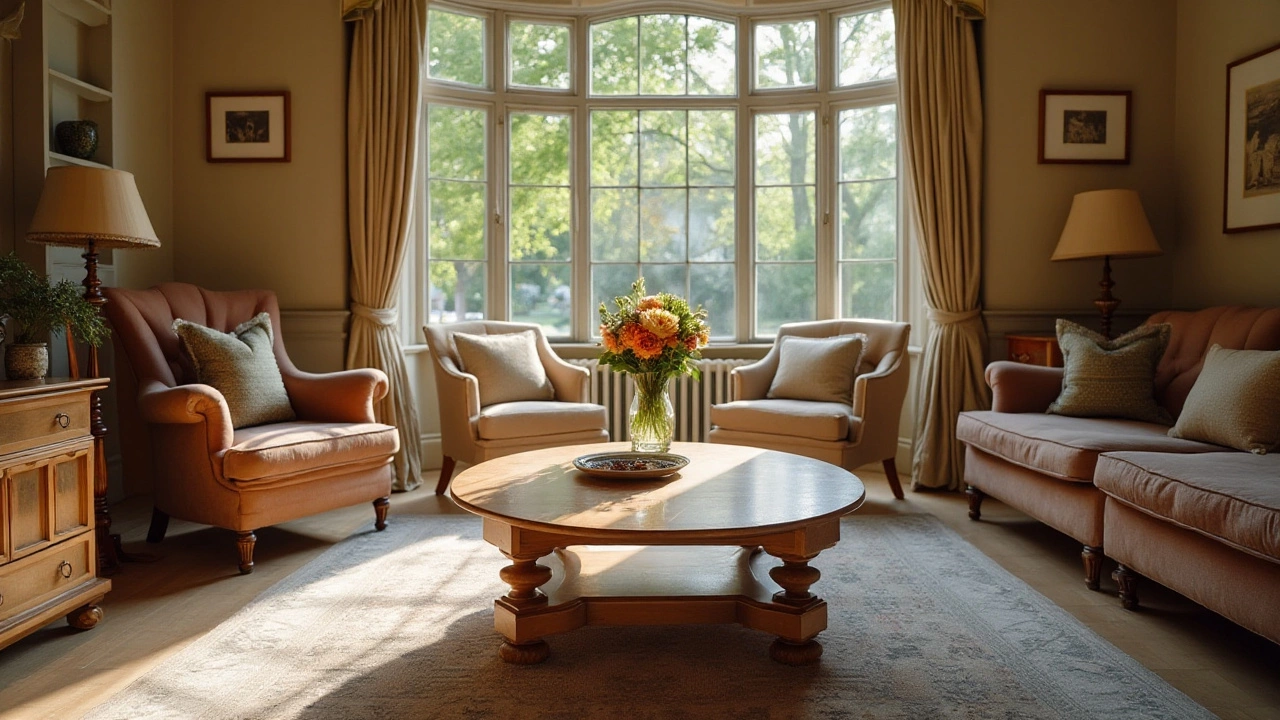Furniture Design Ideas that Work for Any Home
Want a living space that feels both cozy and fresh? Good furniture design is the secret. It’s not about buying the most expensive piece, but about choosing items that fit your style, your needs, and the planet. Below are simple steps you can follow right now to upgrade your rooms without a huge overhaul.
Start with the Basics: Shape, Scale, and Function
First, look at the shape of each piece. A round coffee table softens sharp angles in a modern sofa, while a sturdy rectangular bench adds a farmhouse vibe to a dining room. Next, check the scale – a massive armchair will swamp a small apartment, whereas a slim side chair can add a touch of elegance without crowding the floor. Finally, ask yourself how you’ll use it. A coffee table that doubles as storage solves two problems at once.
Choose Sustainable Materials that Last
Rustic Social believes in furniture that’s built to stay. Opt for reclaimed wood, responsibly sourced teak, or recycled metal. These materials not only look great, they age nicely and reduce waste. When you pick a sofa, consider a hardwood frame and natural fiber upholstery – they hold up better than cheap particle board and synthetic fabrics.
Mixing old and new is a smart way to keep costs down and add character. A vintage chest can become a stylish TV stand when you sand it smooth and add fresh hardware. The contrast of weather‑worn wood with sleek metal legs creates a modern‑rustic look that feels current without trying too hard.
Don’t forget about comfort. Test a sofa’s cushions by sitting for a few minutes – they should feel firm enough to support you but give slightly under pressure. High‑density foam and a supportive spring system are worth the extra penny. If you love the look of leather but worry about durability, choose top‑grain leather; it develops a beautiful patina while standing up to everyday use.
Finally, think about placement. Keep traffic flow in mind – you want a clear path between doors and main seating areas. A good rule of thumb: leave at least 18 inches of walking space around each major piece. Use rugs to define zones, but make sure the rug is big enough so that the front legs of sofas and chairs sit on it. This simple trick ties the room together and prevents visual clutter.
When you combine these ideas – thoughtful shape, proper scale, sustainable material, and smart placement – you’ll end up with a space that feels lived‑in and loved. You don’t need a design degree; just a little patience and the willingness to look for pieces that match your unique taste. Start small, experiment, and watch your home transform.
Understanding the Triangle Rule for Shelves - Keep Your Bookcase Stable
Learn the triangle rule for shelves, why three support points matter, and how to apply it to keep bookcases stable and safe.
MoreShould End Tables Be Higher or Lower Than Your Couch?
Choosing the right height for end tables compared to your couch can impact both functionality and aesthetics. In this article, we explore whether end tables should be higher or lower than your couch. We consider practical aspects like ease of use and reaching items, as well as the visual harmony within your living room. Get practical tips and interesting insights to make the best choice for your space.
MoreChoosing Between Round and Rectangle Coffee Tables: Which Fits Best?
Choosing the right coffee table shape can greatly influence the functionality and aesthetic of your living space. Consider factors such as room size, seating arrangement, and lifestyle to make the right selection between round and rectangle designs. Both styles offer unique benefits, with rectangle tables often preferred for larger spaces and round tables creating a more intimate vibe. This article delves into these considerations, providing practical tips to help you decide on the perfect coffee table for your home.
More


